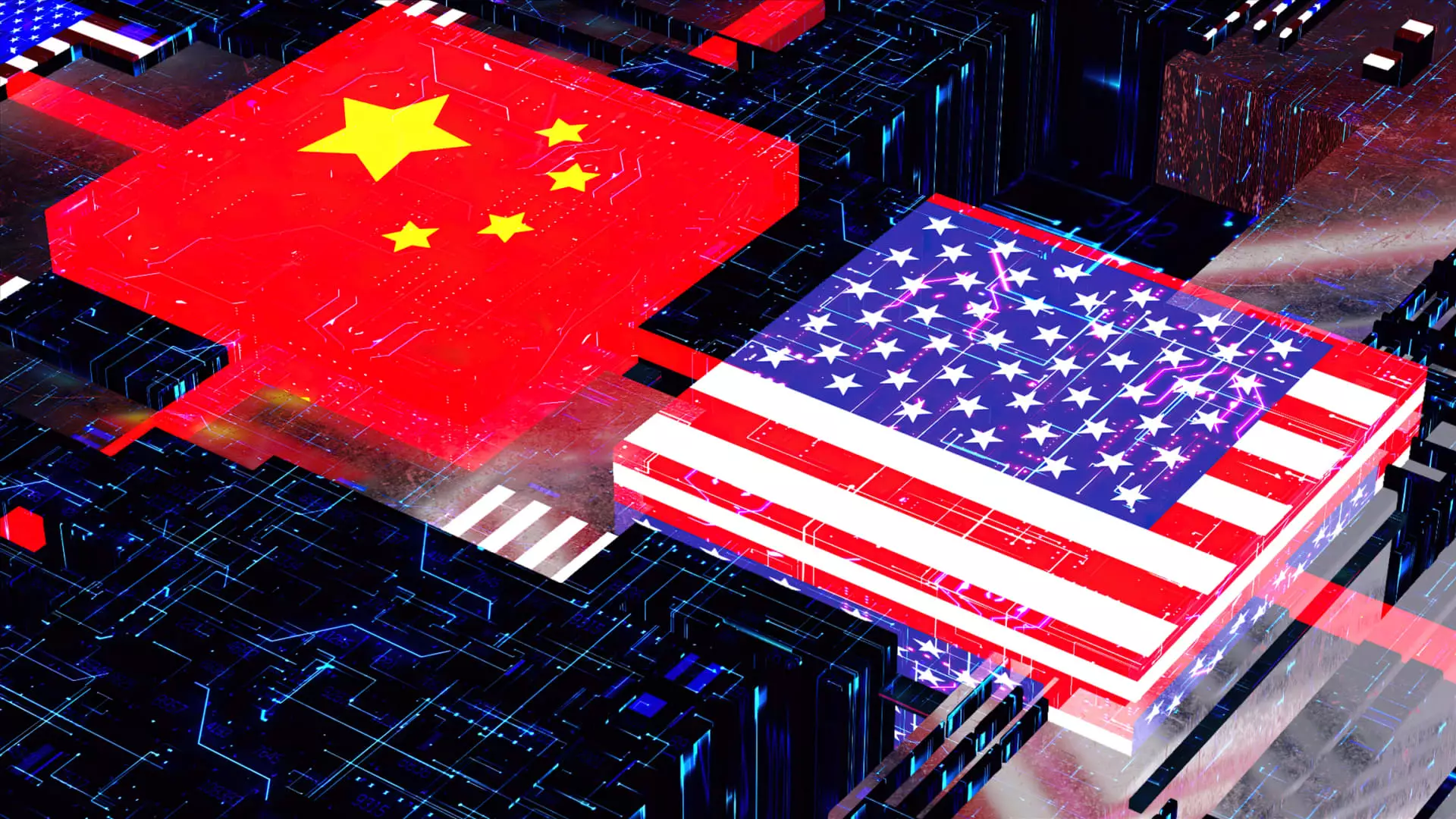The recent earnings reports from major semiconductor corporations paint a picture of a climate fraught with uncertainty, as the industry grapples with the far-reaching consequences of shifting U.S. tariff policies and ongoing geopolitical tensions. The semiconductor sector, once an emblem of technological advancement and economic growth, now finds itself overshadowed by doubt and trepidation. U.S. President Donald Trump’s “reciprocal” tariffs initially enforced in April might have been paused, but the ramifications of these policies linger, casting a pall over the industry’s prospects. The well-being of semiconductor firms is closely tied to international relations, and if there’s anything we’ve learned, it’s that these relationships are anything but stable.
The Consequences of American Policy
Recent exports restrictions, particularly those targeting China, signify a significant shift in how American policies might reshape the global semiconductor landscape. Companies like AMD have already projected staggering losses, forecasting a revenue shortfall of $1.5 billion due to the curbs on AI chips. These anticipations don’t merely reflect the financial implications but also signal a broader concern: the U.S. might be sacrificing future growth for a veneer of national security. The fallout isn’t limited to AMD; firms like Super Micro and Marvell have also issued disappointing financial guidance, pointing to the unpredictability that has become the new normal. Investors, perhaps once confident, are now plagued by doubts, leading to declines in stock prices and strategies that pivot increasingly toward caution.
The Global Landscape: A Tug-of-War for Technology
It’s not only U.S.-based companies that are feeling the heat. Samsung, the South Korean giant, has acknowledged that demand volatility will remain high due to the instability wrought by changing tariffs and economic conditions. Executives are struggling to predict how these factors will influence their operations in the short and long terms. The sentiment reverberates throughout the industry; analysts like Ben Barringer suggest that the semiconductor sector faces a complex interplay of demand dynamics and geopolitical turbulence. The unfortunate reality is that many companies now have to calculate not just market demand but political risk, a calculative task that often leads to paralysis rather than proactive decision-making.
Contrasting Perspectives: Innovation vs. Protectionism
One can’t ignore the double-edged sword at play. The U.S. chip industry has long strived to portray itself as a leader in innovation, especially against rising competitors like China, which has dramatically ramped up its efforts in technology development. American leaders argue for a robust domestic industry that supports competition; however, limiting exports can simultaneously stifle innovation. Nvidia’s CEO, Jensen Huang, articulated a critical viewpoint—eschewing the ability to access the Chinese AI market, projected at $50 billion in just a couple of years, would represent a substantial loss for the United States. This viewpoint is fascinating because it emphasizes the paradox facing American technology firms caught between their quest for domestic security and their potential for future growth in an interconnected world.
The Illusion of Control: A Lost Opportunity?
Moreover, America’s trade approach, characterized by restrictions, reveals an underlying fear of a technological arms race but risks neglecting the strength found in strategic engagement. Huang’s comments serve as a reminder that this quest to “hold back” competitors might stifle the vitality of American companies. While the goal of national security is paramount, the approach may be counterproductive; the U.S. could well be losing the race not just in market terms but also in innovation capabilities. Instead of focusing on restrictions that could lead to an isolationist stance, fostering an environment of competition and inevitable collaboration might yield more sustainable benefits.
Unforeseen Impact: The Ripple Effect
Equally concerning is what’s happening on the ground. These export restrictions have already prompted a wave of innovation across Chinese firms, with companies like Alibaba and DeepSeek making significant strides in AI technology. This means that, while American firms may momentarily celebrate short-lived successes, they may ultimately find themselves outpaced by competitors fostered by a necessity to innovate at home. As U.S. policy struggles to adapt and respond to shifting conditions, it leaves room for Chinese companies to thrive and capitalize on gaps left by American firms hamstrung by their own government’s regulations.
The semiconductor industry stands at a crossroads characterized by fragility and foreboding. As the battle lines of technological hegemony intensify, it remains crucial for U.S. companies to consider whether their present strategies will ultimately serve them or if the path they are taking will serve only to confine them into an ever-narrowing space. The choices made today will resonate far beyond the boardroom, shaping the future economic landscape in ways that are difficult to predict—underscoring the urgency for policies that genuinely advance rather than restrict innovation.


Leave a Reply